10 amazing growth hacking case studies
Dec 04, 2019
What is growth hacking all about?
Growth hacking is essentially a mechanism for startups that need a super impressive way to enter the market and rocket their product into positive statistics with minimal financial investment - but you already know that.
What you probably didn’t think of is that growth hacking can actually be embraced as a long-term strategy to cope with day-to-day problems that every business is inevitably facing. A startup or a well-known brand - everyone could use a pinch of creative “out-of-the-box” sorcery to intelligently boost their ROI and witness rapid business expansion in no time.
If picked and executed wisely enough, different growth hacking tactics can help your company live long and prosper. Simply enough, coming up with a thoughtful, long-term growth hacking strategy will result in:
- Achieving rapid increase of traffic and conversions
- Gaining recognition and turning your company into brand
- Taking UX to the next level
- Boosting ROI and stabilizing the financial flow
- Reducing churn rates
- Improving growth statistics
- Ensuring resources for further business improvement
Intrigued yet?
On the verge of 2020 (well, almost), we’re going to show you some pretty inspiring growth hacking examples that took place in recent years. Hopefully, our set of growth hacking case studies will provide concepts, provoke thoughts, and initiate processes for those who need that little push right now.
1. Casual
Casual is an online project management tool that provides an intuitive way to plan and execute different projects online. Its growth hacking case study begins with a single crucial startup technique - including the company in various startup directories and free listing websites.
The founder of Casual provided Hacker Noon with a straightforward insight - that their startup received around 500 emails and 300 registrations in just a couple of days after it has been submitted to Betalist.
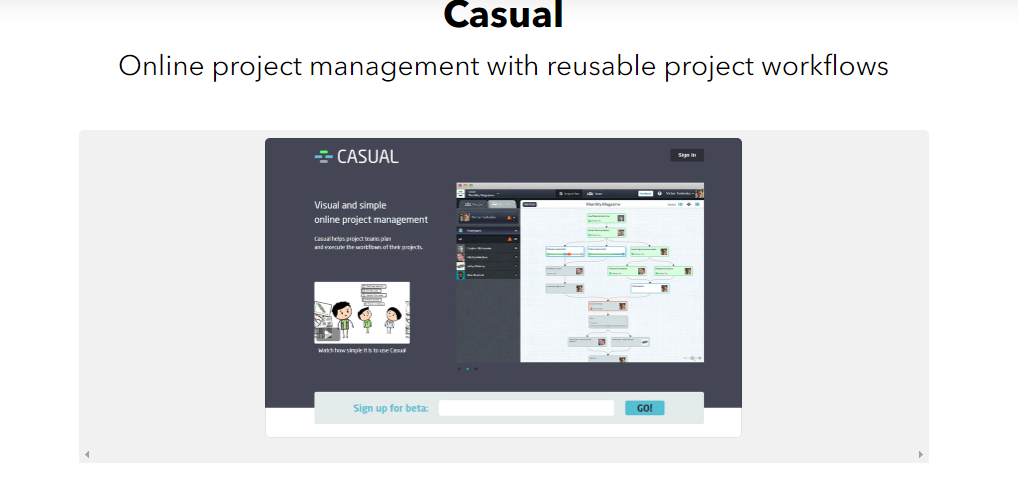
Some of the other best startup directories you can include your website into are:
- Google My Business
- Crunchbase
- Index.co
- Feedough
- Killer Startups
- Startups Subreddit
- Alltopstartups
- Product Hunt
- GeekWire, etc.
2. FindThatLead
FindThatLead is a lead generation tool, providing growth hacking advice and outbound marketing services. What they did to gain audience and popularity with zero to none financial investment was to rely on a very considerate and proven growth method - organizing an online society of potential users.
The founders of the company created a private Facebook group, named Growth Marketing & Outbound, which currently has about 11,000 members - all of which are obviously their potential users, actively engaging with the brand on a regular basis.
What the company does is providing resources, case studies, relevant news, and information, thus gaining the trust and respect of thousands of social media users every day. And guess what? When joining the group, you are offered a free cold e-mail guide… You just need to provide your e-mail. :)
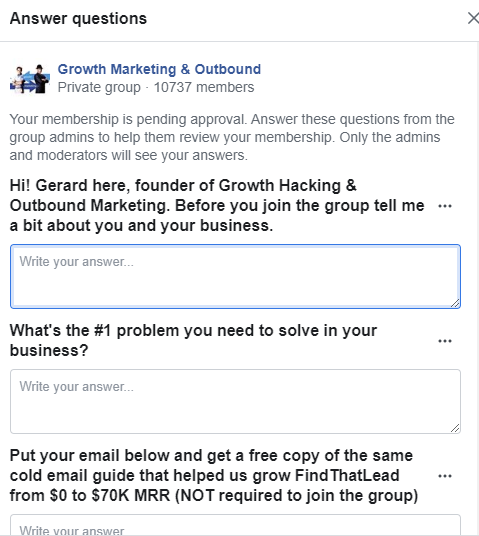
3. Author Stash
Author Stash is a platform that provides valuable resources and tools for fiction and non-fiction writers - education courses, guides, editing tools, marketing channels, and more.
The founder of the platform recently shared valuable insight into one of his most crucial growth hack endeavors - providing a meaningful pre-launch list of subscribers. He managed to earn more than 2,000 subscribers in under two weeks and basically grew his mail reach by 24,900%. The good news is that this is obviously possible, and the bad news - that it doesn’t come effortlessly.
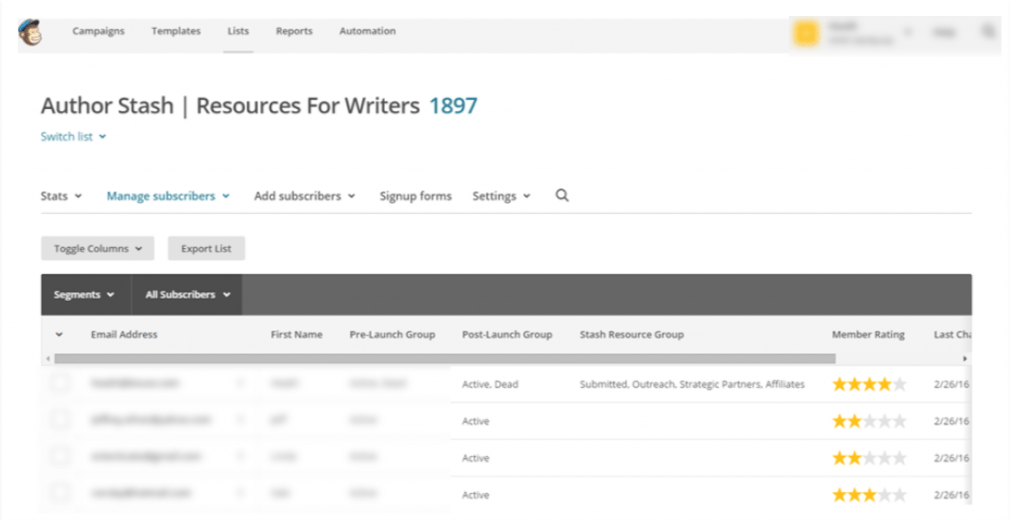
How did he do it? In five ways, he says. And those five ways include:
- Forum and group activity - Reddit, Facebook, KBoards, and all over the place. He provided valuable information, asked and answered questions, provoked discussion and built a natural online reputation, which later drew people into his personal “resource page”;
- Social media activity among peers and people with common interests;
- Influencer team-up by providing a professional “win-win” proposal;
- Connection with the owners or providers of products featured in the website - database builders, software providers, educational institutions, etc;
- Organizing contests and giveaways with email sign up.
As you can see, this growth hack strategy is all about giving out before expecting to win back. Give out time, knowledge, advice, valuable resources, feedback, and social connections - because it will eventually pay off.
4. Popcorn Metrics
Popcorn Metrics is a tool that helps online marketers to track, analyze and improve their campaigns in order to increase conversion rates. What the growth hackers of Popcorn Metrics managed to do in 2019 was to increase the company’s revenue by the impressive 367% in just 12 weeks.
How did they do that? By investing time and huge amounts of personalized effort in the free trial users of their product. They provided extended Skype consultations and tons of valuable information to make those hundreds of people achieve visible success by using their tool. That effort soon outgrew 1-on-1s and materialized into the “Popcorn Metrics Academy” - a selection of free text and video tutorials, extended FAQ section and onboarding e-mail campaigns that boosted their conversions even further.

What can we learn from Popcorn Metrics? That sometimes investing time and personal care in the customer can do miracles that no amount of money spent on advertising can; that the market sometimes needs proof.
5. Gymshark
Gymshark is a fitness appeal online retailer that managed to build a hundred-million business in a few years, by relying almost entirely on active influencer collaboration. Just two years after its initial establishment, Gymshark managed to achieve annual revenues of around £250,000 thanks to its supreme influencer marketing, providing an amazing growth hacking example.

What the founder of the brand actually did was digging the most popular fitness influencers in different social media… and offer them a box of Gymshark clothing for free, in exchange for a Facebook post, an Instagram photo or a YouTube video, advertising the brand. As you already know, the word happened to spread pretty quickly.
An analysis of Google Trends and Google Keywords shows that influencer marketing has risen more than 90 times in the last five years, promising to go even further as a major growth hacking tactic.
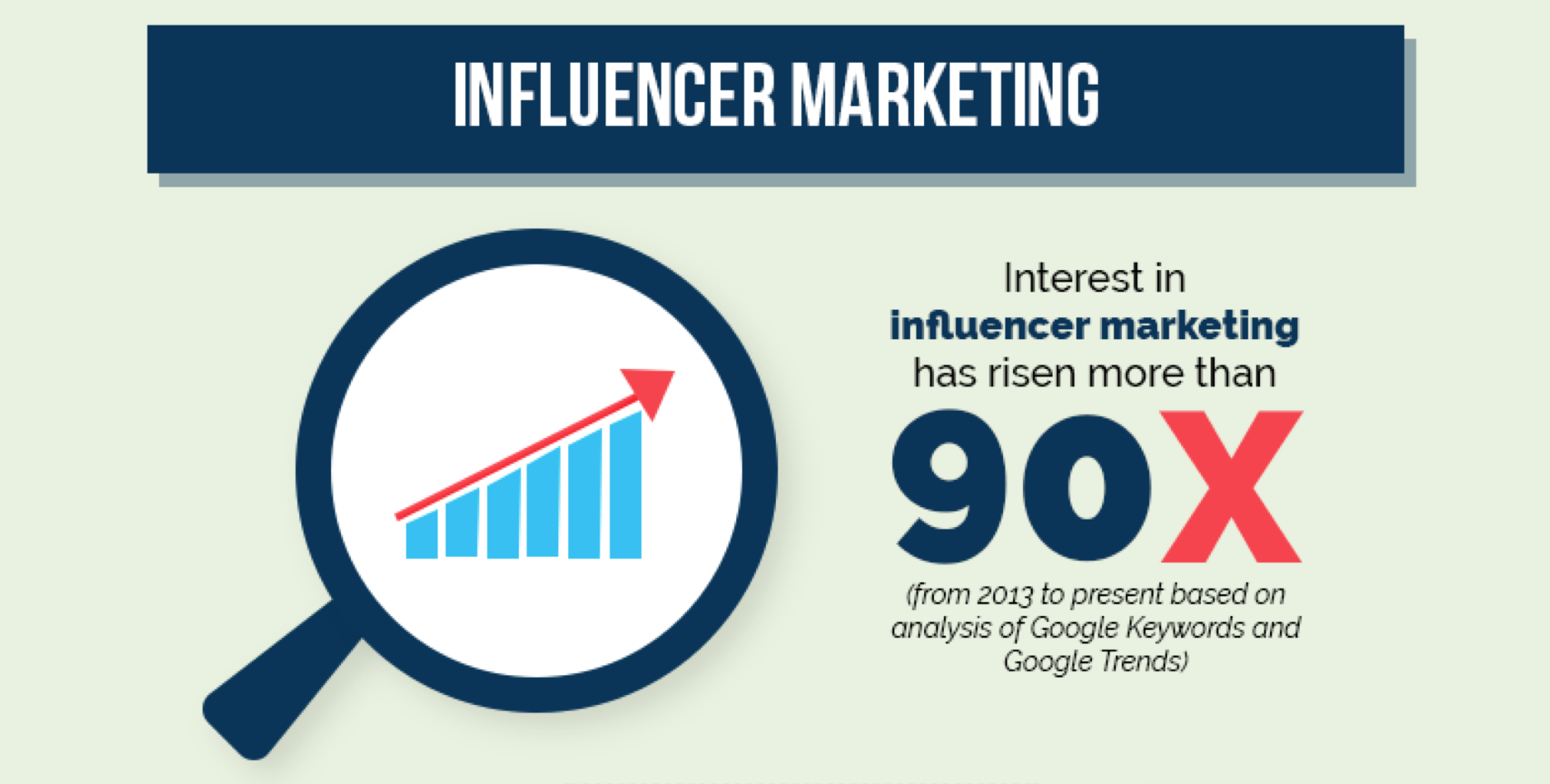
6. Serpact
Serpact is a fast-developing SEO agency, awarded at the European Search Awards for 2019. What they did in 2018 and 2019 was launching a webinar section with knowledgeable guest speakers, discussing the latest global SEO trends, as well as a powerful blogging section, providing tons of relevant information from the field.
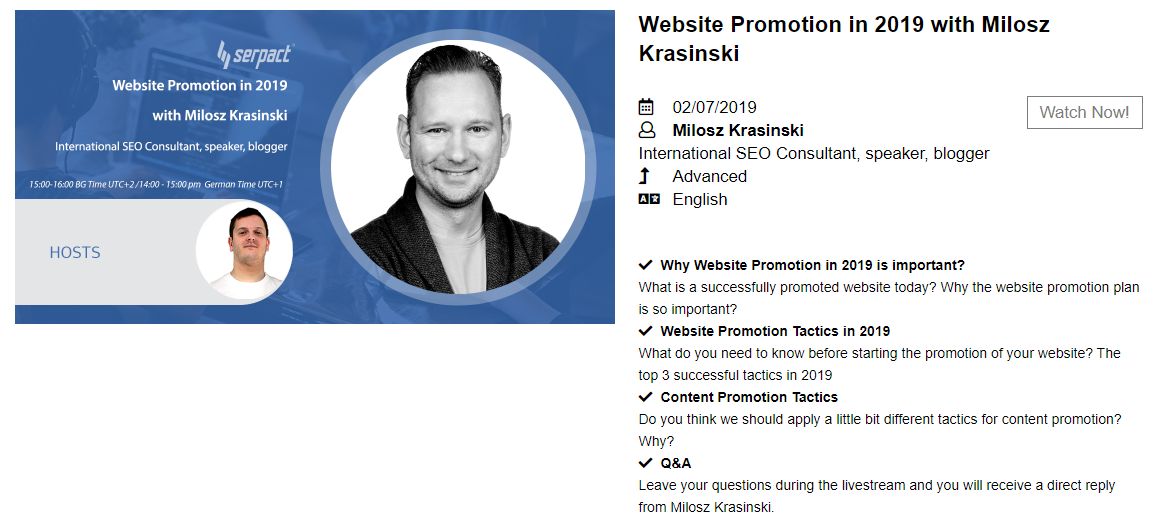
Guest blogging and content marketing are typical growth hacking and SEO features for both startups and developed brands. They have the potential to attract visitors of various profiles, thus improve the ranking, the organic website traffic and link building, online reputation, and brand authority.
Except for providing the valuable content itself, Serpact followed another important trend - providing users with video instead of a bare text. According to HubSpot, around 54% of the users wish to receive more video content from a brand or business they support.

7. Monzo
Monzo is a new generation mobile-only banking solution, which went from zero to 250,000 users in less than two years. Except for the valuable service which undoubtedly followed the needs of the market, the Monzo team also did something else - something simple, yet genius - to hack their growth like a pro.

They relied on applied social psychology and came up with the idea of a queue jumper. It was a really simple counter, showing how many people are waiting to register ahead of you, and how many are there behind you. Also, customers were given the option to jump the queue by referring other people, which encouraged Monzo sign ups even further. The results? Just four years after launching, Monzo has 1351 employees and welcomes around 40,000 new customers every week.
8. Ello
Upon launching their specialized, ad-free social networking service, the team behind Ello chose to embrace the growth hacking strategy Gmail once took advantage of - exclusiveness and invite-only membership.
Put simply, members had to receive an invitation in order to sign up for the network. The fear of being left out and missing out a membership in an exclusive circle of artists triggered an emotional response and created a high demand, as expected.
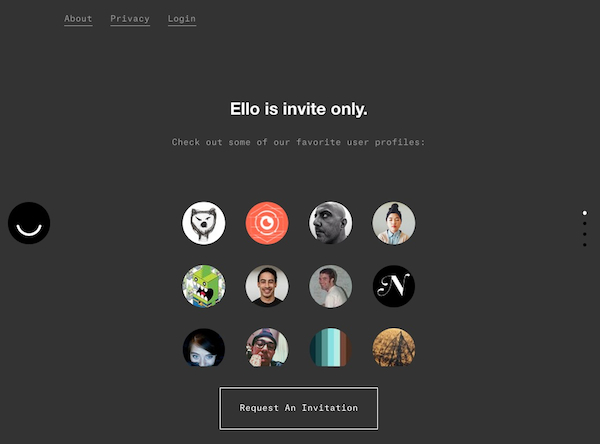
The strategy worked well for both of the companies - Gmail invites were once sold for $150 on eBay and Ello had to deal with processing more than 30,000 signup requests an hour at its peak. The crucial part of implementing this strategy is knowing when to loosen up and move on, because exclusiveness doesn’t last forever - at least not in our hyper-connected reality.
9. Evo Planner
In 2018, Evo Planner managed to make over $1 million in sales in less than a year, before the product was even launched on the market. Their product was undoubtedly very thoughtful in the first place, taking personalization on an entirely new level, even in the bustling productivity market.
Anyway, there is one crucial way to sell something before it even exists, and that is the exceptional copywriting. Many startups (especially tech-oriented) neglect the need of a thoughtful, professional copy that attracts visitors and converts them into clients.

An excellent piece of copy captures the attention, engages thoughts and emotions, calls to action naturally, tells a story and creates an honest product demand. All of those rarely come naturally to inexperienced non-professionals, and that’s why hiring a distinct copywriter or copywriting agency should definitely be a part of your pre-designed tech startup business plan.
10. Venngage
Venngage is an infographic tool that managed to triple the traffic to their website for a year and a half - from 275,000 monthly visitors in November 2017 to more than 900,000 in April 2019. Meanwhile registrations went from 400 to 45,000 a week. How did they do that? No surprises here - they relied on the good old search engine optimization to do the trick.
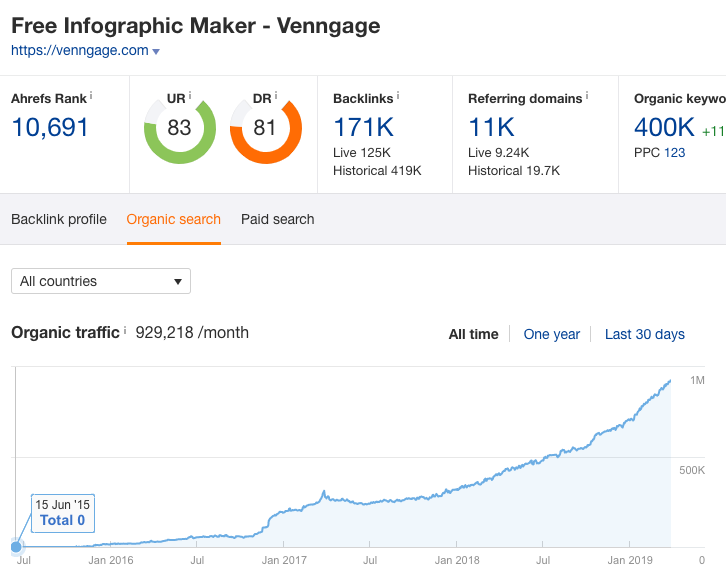
SEO is a complex set of actions that aim to improve organic traffic, polish brand identity and manage online reputation through a combination of on-page SEO, link building, content marketing strategy and even digital marketing.
Building a functional, SEO-friendly website from the very beginning will be your most time and resource-friendly option, though a good SEO expert can bring quite an improvement even in a badly structured website.
Investing resources and efforts in a considerate SEO strategy always pays off, since statistics show that 93% of online experiences begin in the search engine, while 75% of the users never scroll to the second page of results.

To sum it up
Our growth hacking case studies show a variety of approaches that resulted in success - from social psychology and emotional impact to flawless copywriting and content marketing.
Formulating your own set of growth hacking techniques is crucial for your intelligent resource management as a startup. Because no epic amount of money can get you as far as boldness and imagination possibly could.

